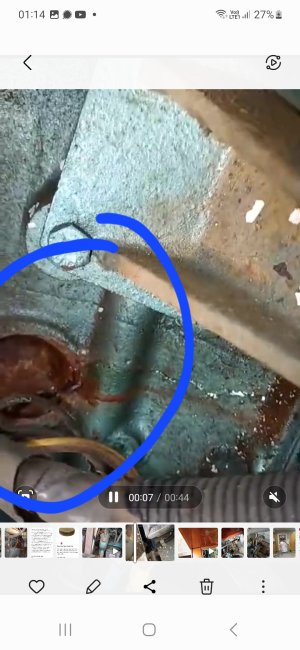rich41
New member
Hi all
I'm new to owning my freeman 23ft an I believe this engine is a Ford anglia 105e?
Could anyone confirm this for me or tell me exactly what engine this is?
Bonus point if you can tell me what it's called in the second pic as I have water coming out of the whole in the second pic when trying to start the engine, is it the sea cock?
First pic is the engine an the others show where the water is coming out from.
Cheers all
I'm new to owning my freeman 23ft an I believe this engine is a Ford anglia 105e?
Could anyone confirm this for me or tell me exactly what engine this is?
Bonus point if you can tell me what it's called in the second pic as I have water coming out of the whole in the second pic when trying to start the engine, is it the sea cock?
First pic is the engine an the others show where the water is coming out from.
Cheers all




